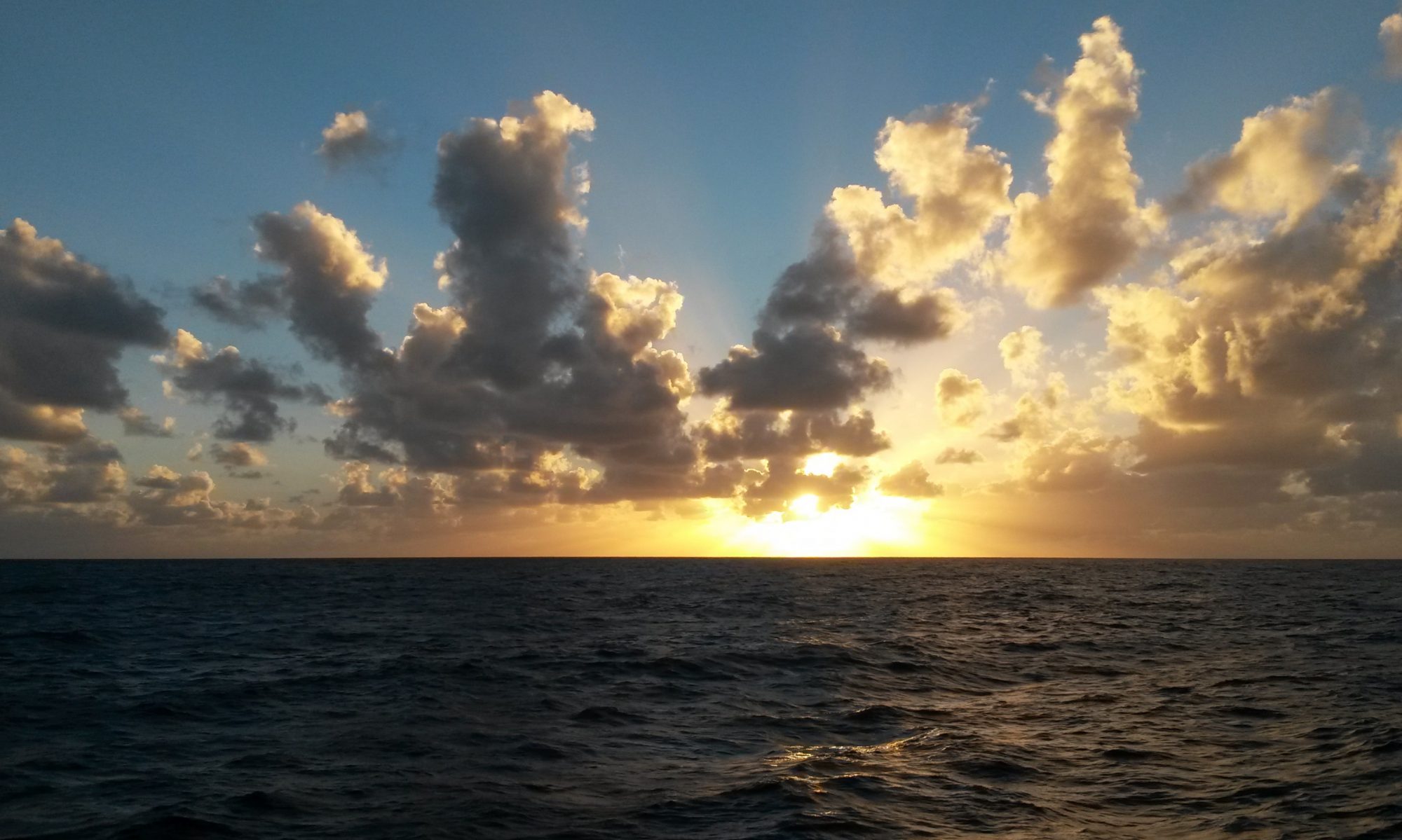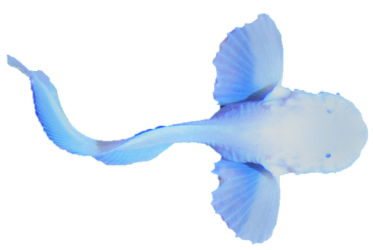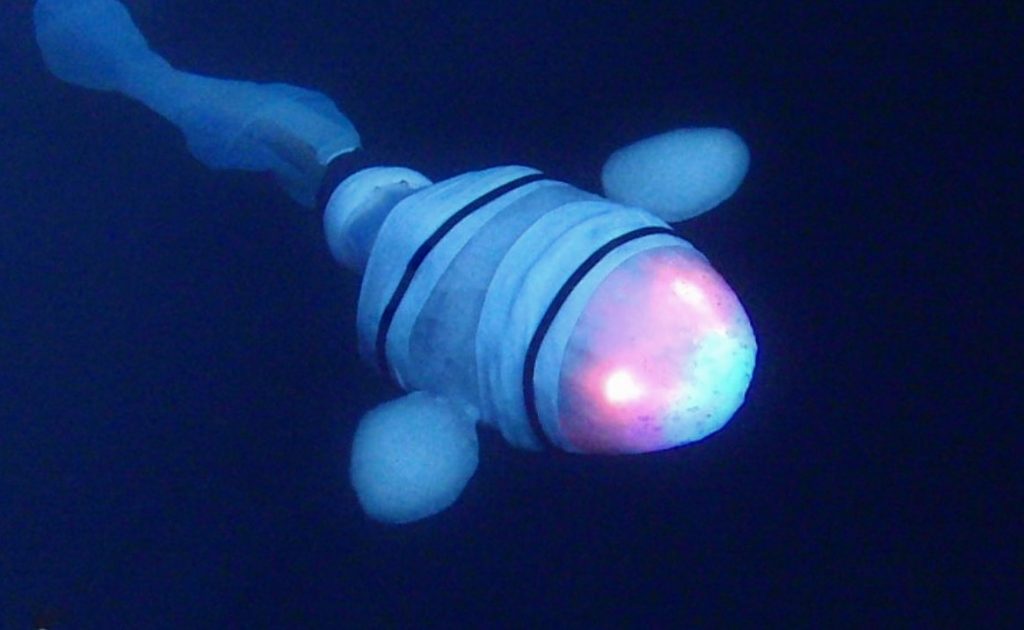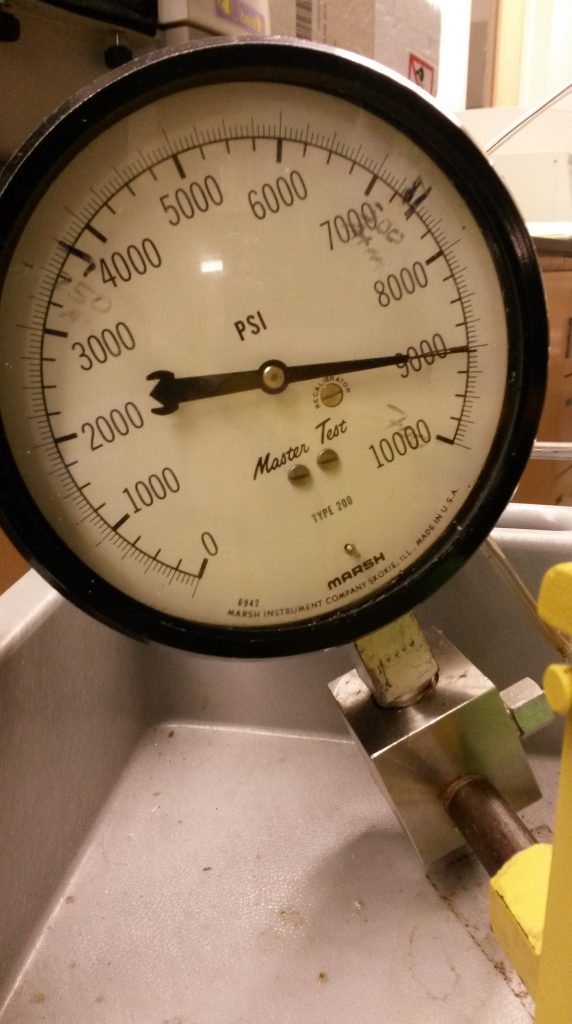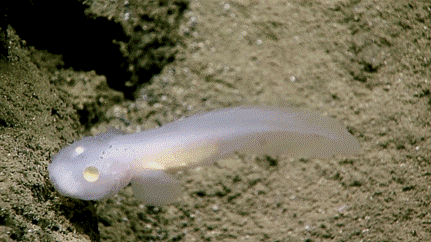
The remotely-operated vehicle, Deep Discoverer, explores the deep sea live, while anyone with an internet connection can tune in. The sense of excitement and discovery is palpable. As we watch NOAA’s Okeanos Explorer live feed, we sometimes discuss: what would be the top things you would want to see. This fish made the top of our lists and last year, we saw it! It’s an aphyonine cusk eel, in the family Ophidiidae, and this is the first time one has been seen alive!
Continue reading “A bucket-list fish…”